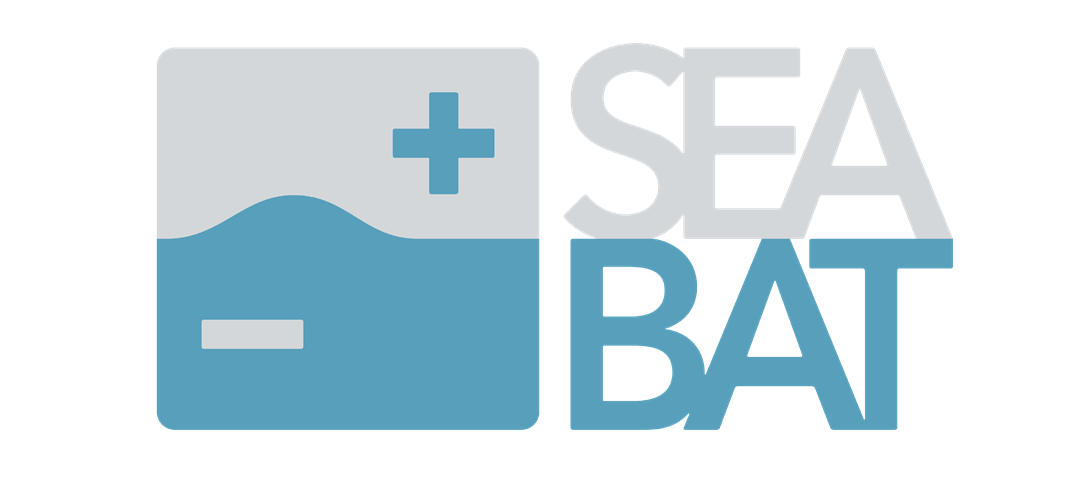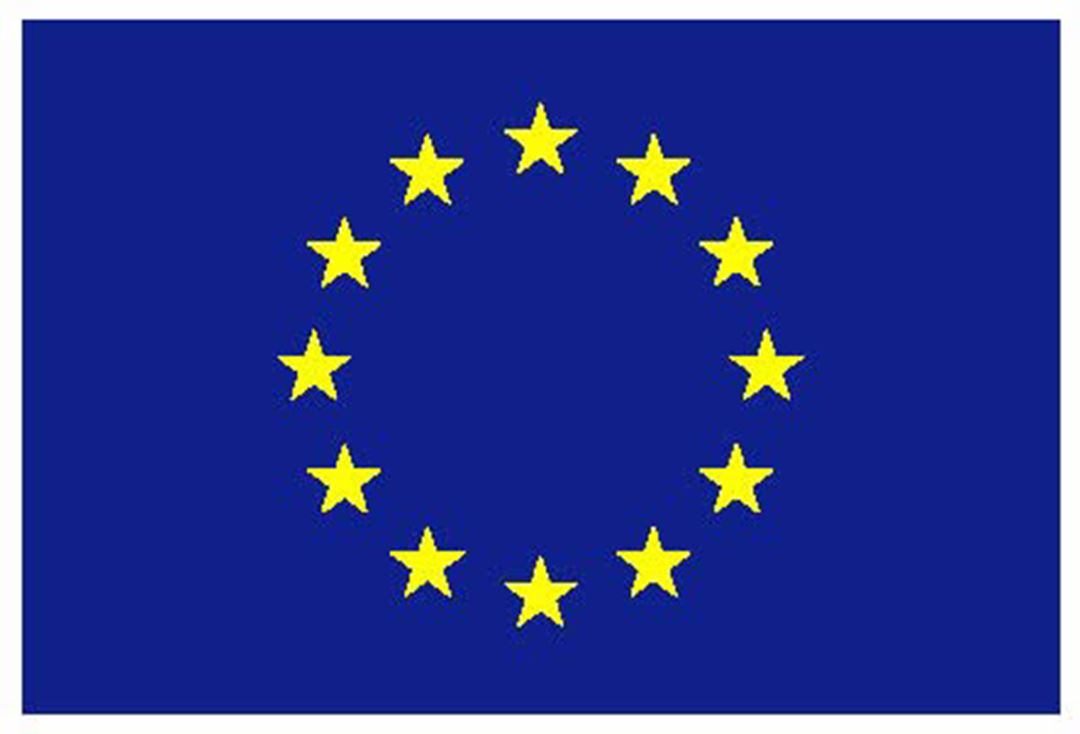A monotype topology is the current technology for battery electric vessels. The total energy required for the vessel is provided entirely by one battery type/cell type. Also, the batteries are typically bespoke, based on costly one-off designs or designs for small series. Typically, Li-ion high-energy batteries are used, although some vessels have high-power batteries.

SEABAT homepage
The end user expects the batteries to have a lifetime of 10 years, by the end of which the batteries still need to have the minimum specified capacity. However, the monotype battery is used for high-energy missions (continuous nominal power, e.g. for maintaining cruising speed) as well as high-power peaks (e.g. fast charging, maneuvering).
The battery capacity can reduce greatly over time, depending strongly on the temperature, the depth of discharge (DoD), and the number of cycles. For instance, large currents drawn from the battery during high power peaks degrade the battery. The loss in capacity is compensated by oversizing the battery by a factor of 2 to as much as 10 compared to the nominal power. In addition, oversizing may be needed to allow fast charging or to allow frequent (deep) cycling. Therefore, a monotype topology is an expensive, heavy, voluminous and inflexible solution for maritime applications.
To speed up the adoption of electrification, a new approach is needed that addresses two issues: the battery topology and the production process.


This project has received funding from the European Union’s Horizon 2020 research and innovation programme under grant agreement No 963560

